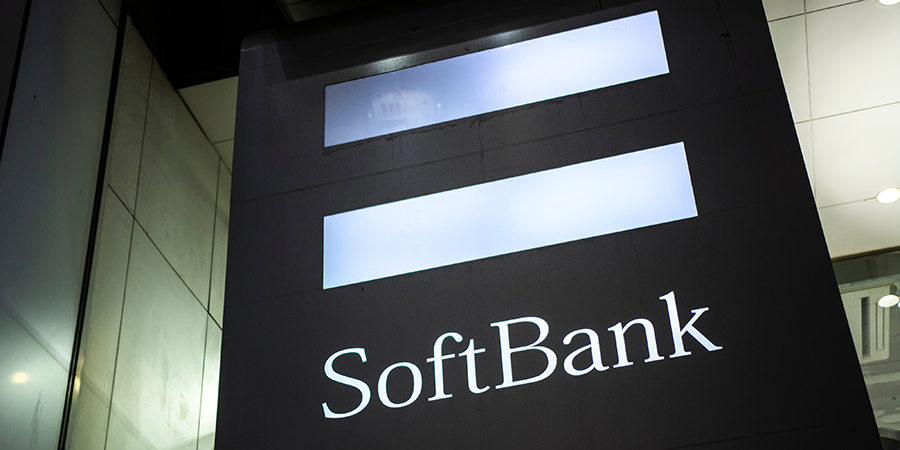SoftBank Corp. has successfully completed a field trial using its cylindrical antenna technology for High Altitude Platform Station (HAPS) stratospheric-based wireless communication systems in Hokkaido, Japan.
During the trial, the company demonstrated the use of nullforming technology, which significantly suppresses radiowave emissions in a specific direction to prevent interference, to facilitate spectrum sharing between HAPS and terrestrial base stations.
By carefully directing radiowave emissions, nullforming ensures that signals from HAPS do not interfere with those from terrestrial networks, enabling efficient and harmonious coexistence of both systems within the same frequency spectrum. This advancement represents a significant step forward in optimizing spectrum utilization and improving overall network performance.
Also Read: SoftBank Executes Trial Run of 5G Communication Control System
Part of the field trial utilized SoftBank’s “Dynamic Area Optimization Technology Using CPS for Aerial Platforms” research project, which is a component of Japan‘s “Beyond 5G R&D Promotion Project” commissioned by the National Institute of Information and Communications Technology (NICT) in 2022.
The company also explored the possibility of using cylindrical antennas as “service links” for data transmission and reception between HAPS and communication devices.
The trial also focused on the placement of a terrestrial base station and a high-altitude tethered aerostat with a cylindrical antenna, which served as an aerial base station. The mobile devices in the communication zones of both stations functioned on the same frequency, utilizing nullforming technology to effectively control and minimize interference.
Also Read: SoftBank Corp. to Transform Customer Support with GenAI
SoftBank conducted rigorous testing and confirmed that the use of nullforming technology resulted in enhanced communication speeds for devices located near the terrestrial base station, while not affecting those in close proximity to the aerial base station.
The system successfully reduced interference among the stations, showcasing its practical implementation in real-life situations.
Network News: SoftBank Trials 5G MEC Using SRv6 MUP
Read More: SoftBank Corp. Launches Top-level Generative AI Computing Platform
Related: SoftBank, HAPSMobile Develop Radiowave Propagation Simulator for HAPS Systems







